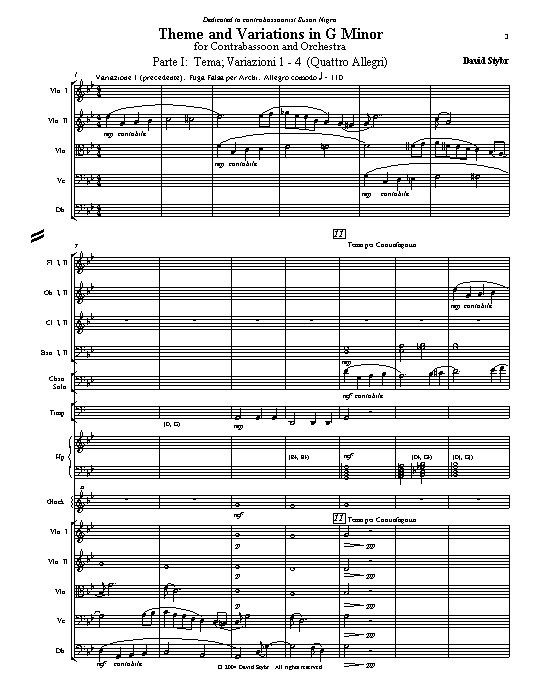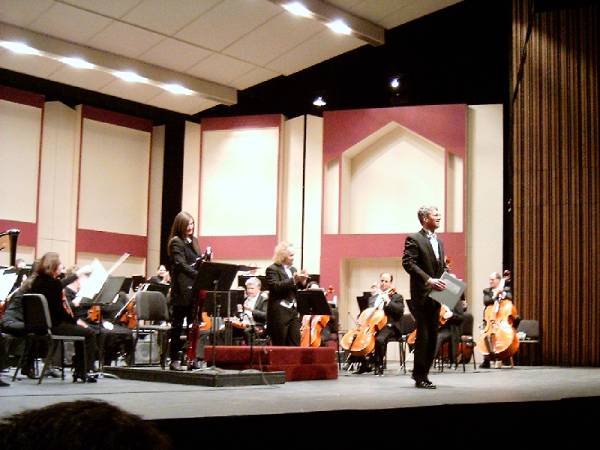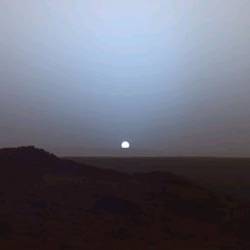|
David Stybr: Theme and Variations in G Minor for Contrabassoon and Orchestra (17:45) |
|||
Click the score to see and hear audio versions  Click the score to see and hear audio versions |
|||
|
David Stybr: Theme and Variations in G Minor for Contrabassoon and Orchestra (17:45) |
|||
Click the score to see and hear audio versions  Click the score to see and hear audio versions |
|||
|
* Part I: Theme; Variations 1 - 4 (Four Allegros) Variation 1 (precedent): False Fugue for Strings: Allegro comodo Theme for Contrabassoon Var. 1 (reprise): False Fugue for Quintet of Basses Var. 2: Interrupted Perpetual Motion: Allegro non troppo Var. 3: Macabre Waltz: Allegro con moto (Tempo di valse) Var. 4: Chromatic and Diatonic Fugue: Allegro risoluto Var. 1 (reprise): False Fugue for Brass * Part II: Variations 5 - 7 (Two Scherzos and Cadenza) Var. 5: Ironic Fanfare: Allegro con spirito Var. 6: Jaunty Promenade: Allegro giocoso Var. 7: Cadenza: Allegro comodo |
|
* Part III: Variations 8 - 9 (Two Andantes) Var. 8: Melody Over Minimalism: Andante con moto Theme (reprise) Var. 1 (reprise): False Fugue for Wind Quintet Var. 9: Nocturnal Romance: Andante affettuoso * Part IV: Variation 10 (Finale) Var. 10: Dawn Promenade: Allegro sereno Theme (reprise) |

Left Brain: "In 2003 I attended a recital by contrabassoonist Susan Nigro, which made me realize just how little I understood this unusual instrument. What impressed me most about her playing was how beautifully she made the contrabassoon sing."
Right Brain: "You betcha! I drafted some variations to explore the dramatic, lyrical, humorous etc. possibilities of the instrument. The next thing I knew, it began to gel into a semi-coherent whole. When Susan Nigro saw the first draft, she enthusiastically offered me a commission to complete the piece. The contrabassoon literature is not exactly full to overflowing, but she has a substantial repertoire, so I was highly flattered. I could think of no one better to première the work."
Left Brain: "Structurally this piece has some unusual features. For example, Variation 1 precedes the theme and opens the work. Var. 1 also recurs at key moments as a unifying feature. The ten variations are divided into 4 groups of 4+3+2+1, much like a small symphony or concerto: Allegro, Scherzo, Andante and Finale."
Right Brain: "Var. 4 is a fugue that wants to be chromatic, but firm C Major and G Major chords act like killjoys who try in vain to keep everything nice and diatonic. Methinks it's tons of fun to make 2 harmonic styles fight each other. Then when I deconstruct the fugue and subtract voices, and also step down by 3rds instead of up by 5ths, well let's just say that my old music professor wouldn't be happy. Then Vars. 5 and 6 are good clean fun, kinda like sorbets to cleanse the palate before we tackle the cadenza and the slow variations."
Left Brain: "I do not compose a great deal, and tend to destroy most of what I create, or consign it to a desk drawer. However, occasionally I produce something which has a spark of life, and this might be one of them. For example, Vars. 8 and 9 may be may be among my better creations."
Right Brain: "The hardest part was the final variation. Problem: How could I follow that glorious Romanza Notturna? A hint: Vars. 8 and 9 have transported the listener to a higher plane, but we need to come back to Earth. Or do we? Inspiration comes from the darndest places, in this case from another planet. I was looking at those neat photos from the two Mars Exploration Rovers which had just landed on the red planet. The gorgeous photos of otherworldly sunrises and sunsets on Mars (with a bluish halo around a white Sun in a red sky) and the delightful images of the landers bouncing to rest (surprisingly gently) in their protective airbags, were amazingly inspirational. Suddenly the Promenade dell'Alba, or Dawn Promenade, appeared in my mind, and this concludes the work. You might notice the sunny character and bouncy tempo of this Var. 10, but also a strong hint of drama."
Left Brain: "This also brought to mind a phrase from Les Illuminations by French poet Arthur Rimdaud: "J'ai embrassé l'aube d'été [I have embraced the summer dawn]." Observant listeners might notice that this final section is itself a variation of a variation (Var. 6), but with a very different character. It brings the work to a triumphant close. The score was completed on Leap Day 2004 at Lake Tahoe, Nevada."
Right Brain: "This was a fantastic experience: from writing the black notes on white paper, to the rehearsals, lectures, and finally both concerts. Given time to pursue it, I could probably enjoy a healthy musical career — in a nice little composing hut near a lake like Gustav 'Two Sheds' Mahler — creating music from dawn till dusk, the best I can possibly make it. And in confusion, I wanted to report all the gory details of the rehearsals, but they were just too boring. Instead, I fabricated this utterly ficticious rehearsal exchange below:"
|
Conductor: "Hey, this rehearsal is closed to the public! The doors are bolted and chained." Composer (climbing through a window): "But I'm the composer!" Conductor: "Baloney. If you're the composer, how come you're not dead?" Composer: "Well, I was dead, but I got better." Conductor: "Now that you're here.... Maestro, in bar 394, is note 6 a G-natural? No, wait, it's A-natural, I mean B-natural, er C-natural.... Oh heck, it's a fly! (SWAT!!) Now it's a tone cluster." Composer: "That's quite a downbeat you have. Any other questions?" Conductor: "Maestro, in bar 365¼, should the baton be played with metal or wooden mallets?" Composer: "Neither. Use a musical saw. Double sharp!" |
 Dawn on Mars: the otherworldly inspiration for Variation 10: Dawn Promenade. |
| Orchestra / *String Or. | Quintets | Miscellaneous |
|---|---|---|
|
Andante Cantabile (5:00) * Rosie: Walzer für Orch. (6:00) Scumble River Legend (1:00) Theme and Vars. in G Minor Contrabassoon & Or. (17:45) Life and Afterlife: 4 Elegies for Soprano and Orch. (26:30) I. The Last Time (7:50) II. Nocturnal Procession (6:00) III. Dreams (3:30) IV. Farewell (8:50) |
String Quintet No. 2 in B Minor I. Variation-Sonata (5:00) II. Andante cantabile (5:00) III. Intermezzo & Anthem (5:00) IV. Finale: Allegro (5:00) Brass Quintet in C Minor I. Allegro moderato (7:00) II. Scherzo: Allegro (3:30) III. Romanze (5:10) IV. Finale: Allegro (5:10) & Cortège in A Minor (6:25) "Bad Boys and Blondes" Bossa Nova for Brass Quintet (1:10) Ellmenreich: Spinning Song arr. for Brass Quintet (2:00) |
Rolling River Rag for Piano (4:10) Dance of the Three Witches for Organ (1:00) Wedding Belles for Trumpet, Organ, Glockenspiel and Chimes (1:00) Tango: Summer Night in Montevideo for Accordion and Piano (3:20) ContraBassooNova for Contrabassoon and Piano (3:00) 2 Brazilian Dances for Wind Quintet Prélude à la Muse (et à l'Amuse): A Passacaglia for Rock Band (3:30) Händel: Arrival of the Queen of Sheba transcribed for Tuned Percussion (3:30) |